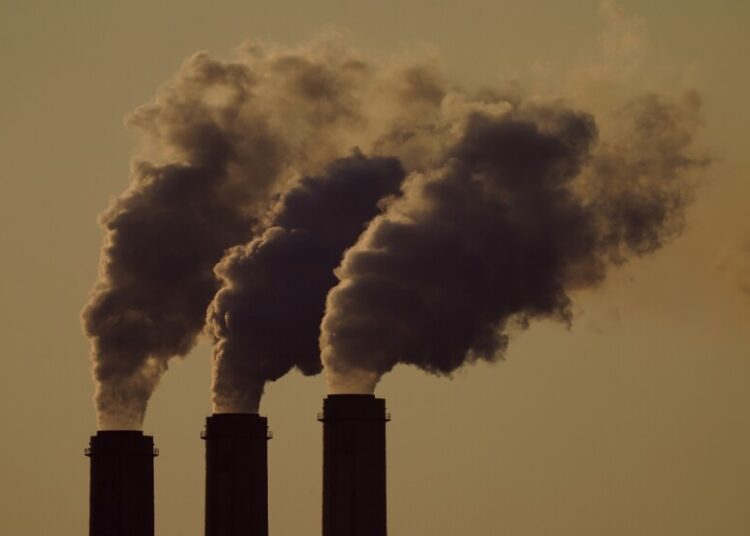WASHINGTON – The Environmental Protection Agency is proposing a plan that would restrict smokestack emissions from power plants and other industrial sources that burden downwind areas with smog-causing pollution they can´t control.
The federal plan announced is intended to help more than two dozen states meet “good neighbor” obligations under the Clean Air Act.
States that contribute to ground-level ozone, or smog, are required to submit plans ensuring that coal-fired power plants and other industrial sites don’t add significantly to air pollution in other states. In cases where a state has not submitted a “good neighbor” plan – or where EPA disapproves a state plan – the federal plan would take effect to ensure downwind states are protected.
“Air pollution doesn´t stop at the state line,” EPA Administrator Michael Regan said in a statement according to AP.
The new federal plan “will help our state partners meet air quality health standards, saving lives and improving public health in smog-affected communities across the United States.”
A 2015 rule set by EPA blocks states from adding to ozone pollution in other localities. The rule applies mostly to states in the South and Midwest that contribute to air pollution along the East Coast. Some states, such as Texas, California, Pennsylvania, Illinois and Wisconsin, both contribute to downwind pollution and receive it from other states.
Ground-level ozone, which forms when industrial pollutants chemically react in the presence of sunlight, can cause respiratory problems, including asthma and chronic bronchitis.
People with compromised immune systems, the elderly and children playing outdoors are particularly vulnerable.






Discussion about this post